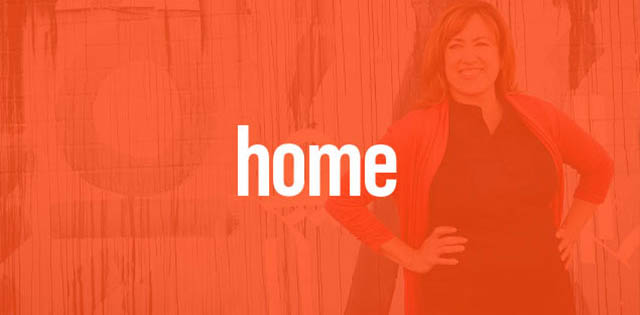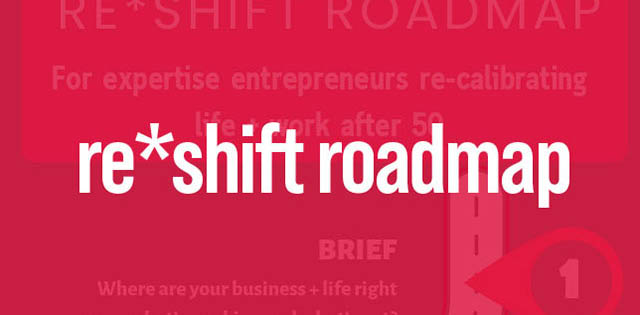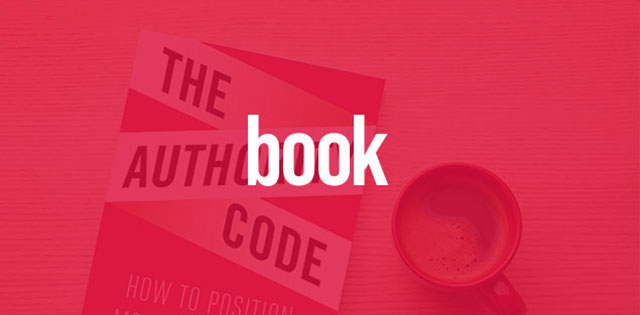Are You Aligning Your Messages With Your Brand Right Now?
- April 21, 2020
- Category: Brand + Branding
Aligning your messages with your brand has always mattered, but it’s especially important right now.
Our clients are looking to us for cues and they will remember later—when things are more “normal”—how we acted now.
Here’s the thing: we will be judged for how our actions fit with the promises we’ve made—explicitly or implicitly—with our audience.
What works for you may not work for me and vice versa.
Take Rothy’s vs. Gekks.
Rothy’s makes lovely but practical (machine-washable) women’s shoes out of recycled plastic bottles. They never discount prices or run sales—their customers are women who have a mindset about sustainability and are willing to pay for it.
Gekks also uses recycled materials, but to make moisture wicking socks for men and women. While they explain their use of sustainable materials, the thrust of their message is about how their socks stay fastened to the inside of your shoe.
So what happened when they each communicated essentially the same new COVID-19 message? One was a non-event while the other riled up their customer base.
Gekks introduced an antimicrobial glove made specifically for this situation—at $30 a pair, hardly cheap—with the message that purchasing them supports giving away gloves to essential workers.
They gave away the first 2,000 pairs off the production line to Meals On Wheels and appear to be actively sourcing more charities with essential workers to give them to.
Rothy’s decided to source masks for essential workers as their contribution and initially announced they’d donate 5 masks for every item purchased on their site.
Their core audience went ballistic—they felt tying giving to purchases was exactly the wrong message. To their credit, Rothy’s reacted quickly and decided to make a bulk 100,000 mask donation instead.
The lesson? Any moves that are not 100% aligned with how your sweet-spot perceives you are doomed to fail.
It doesn’t matter that someone else in your space did something identical (and it worked).
Your only filter must be: how does this idea align with your core beliefs?
While Rothy’s made a misstep, it wasn’t a fatal one. In fact, because they handled the backlash so well, they may actually have strengthened their bond with their audience.
Because once they figured out what wasn’t aligned, they snapped into action and fixed it. Which also included owning it publicly.
They even used the feedback to update their factory production to focus on washable, knit-to-shape face masks.
Alignment isn’t just for consumer brands making stuff we wear—it’s mission critical to build (and sell) authority.
And right now, it’s even more important than ever.






